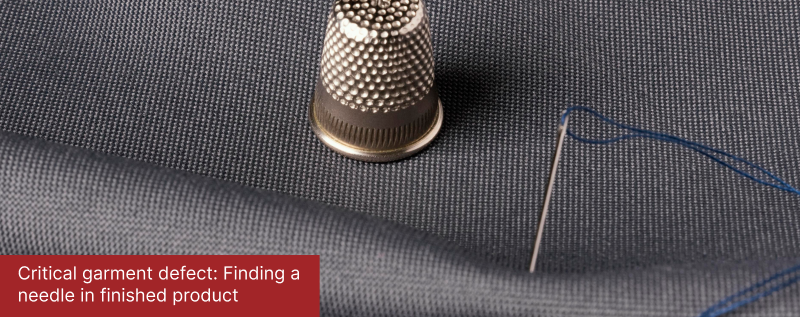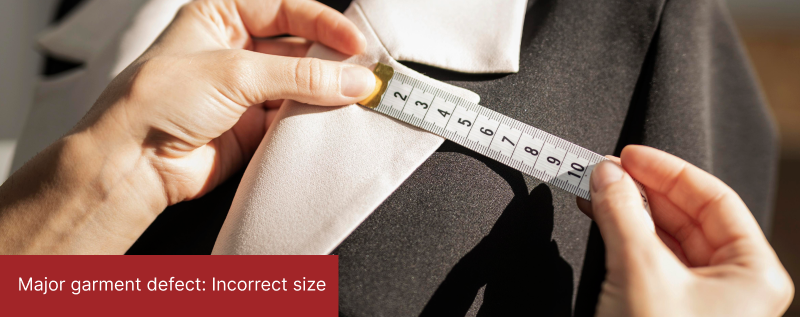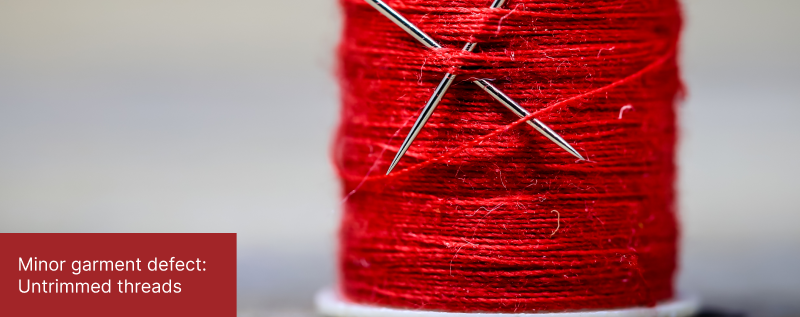Garment inspection is a crucial step in ensuring the quality of a textile product. One of the most essential aspects of garment inspection is defect classification, the process of identifying and categorizing defects based on their severity and how they impact the overall quality of the garment. In this article, we will discuss how to classify defects for garment inspection.
Types of Defects
Before we dive into the classification process, it’s essential to understand the different types of defects that can occur during garment production. Common defects found in garments include holes, stains, snags, puckering, and misaligned seams, which can be classified as critical, major, or minor. Importers and inspectors typically use the AQL standard to inspect a random sample of goods and determine whether they pass or fail the inspection.
Critical Defects
Critical defects are the most serious and can render a garment unsellable. They include defects that affect the product’s safety, such as sharp edges or loose buttons that children can swallow. For example, a garment with a missing button may be classified as a critical defect if the missing button poses a choking hazard.

Major Defects
Major defects are less severe than critical defects but still affect the appearance or function of the garment. They can include incorrect sizing, color variations, or fabric defects. For example, a shirt with a noticeable stain on the front would be classified as a major defect.

Minor Defects
Minor defects are the least serious type of defect and have minimal impact on the overall quality of the garment. They can include issues such as loose threads or small fabric imperfections. For example, a shirt with a slightly uneven hemline would be classified as a minor defect.

Garment Inspection’s classification process
To make sure we identify defects accurately, it’s crucial to have a good grasp of the garment’s specifications and quality standards. The specifications are the desired features of the product, like its size, color, and fabric type. Meanwhile, quality standards give us a benchmark for the acceptable level of defects in a garment.
During inspection, defects are noted and classified based on their severity and the garment’s specifications and quality standards. Inspectors use a defect classification chart to determine the appropriate classification for each defect. The chart typically includes a list of common defects and their corresponding classifications.
For example, if an inspector notices a hole in a shirt, they would determine the size of the hole and compare it to the quality standard for the garment. If the hole is small and meets the quality standard for a minor defect, they would classify it as such.
Reporting Garment Defects
Once defects are classified, they are recorded and reported to the manufacturer or supplier. The manufacturer can then take corrective action to address the defects and prevent them from occurring in future production runs.
Conclusion: Garment Inspection: How to Classify Defects
Garment defect classification is crucial for inspection. By understanding the different types of defects, inspectors ensure quality standards are met, resulting in higher customer satisfaction and brand reputation.
At VIS Quality Control, our experienced inspectors follow a comprehensive process to guarantee every product meets the desired specifications—partner with us for excellent quality control services.




Related Posts